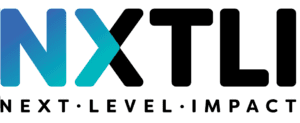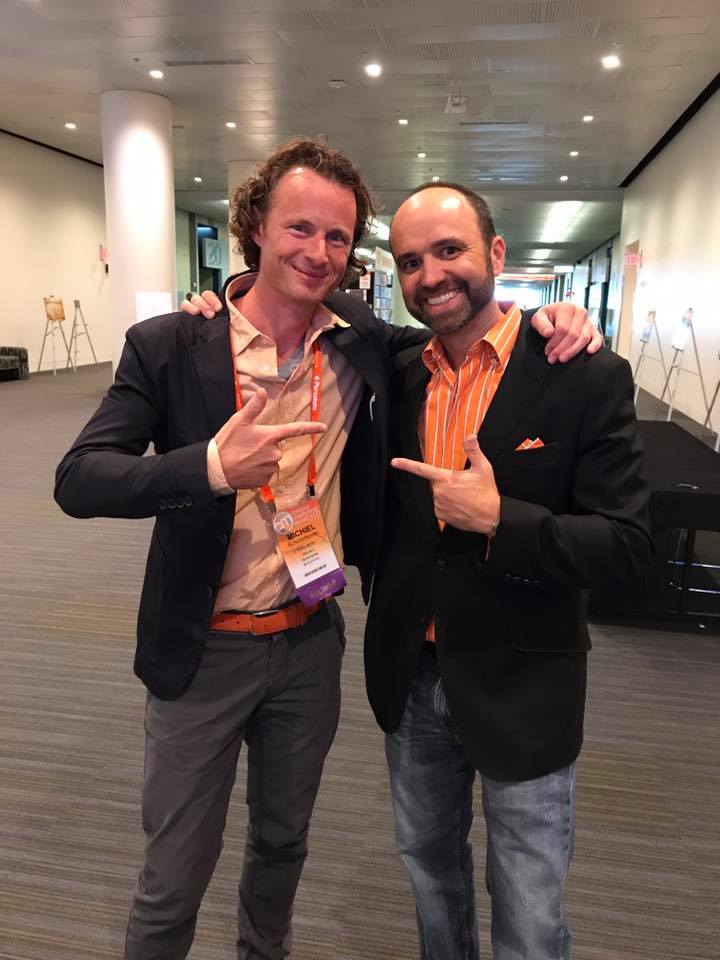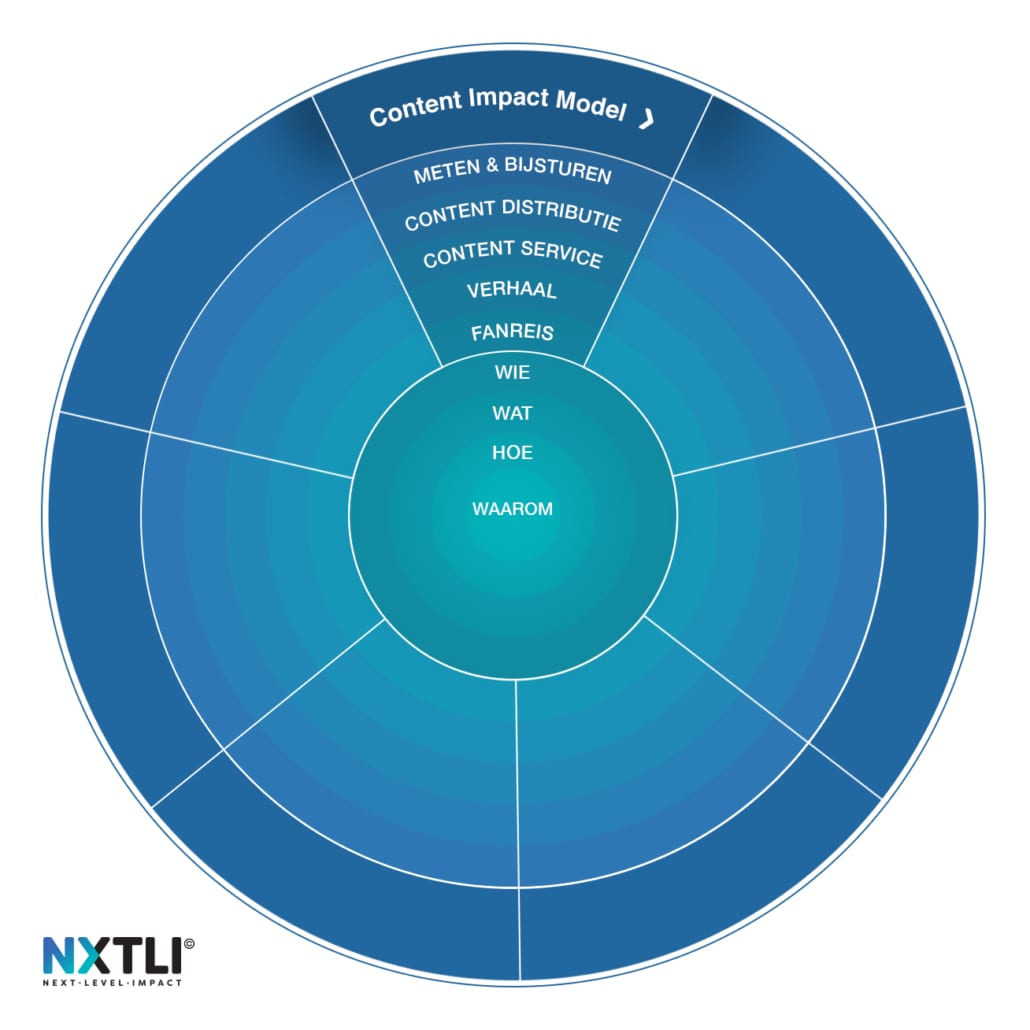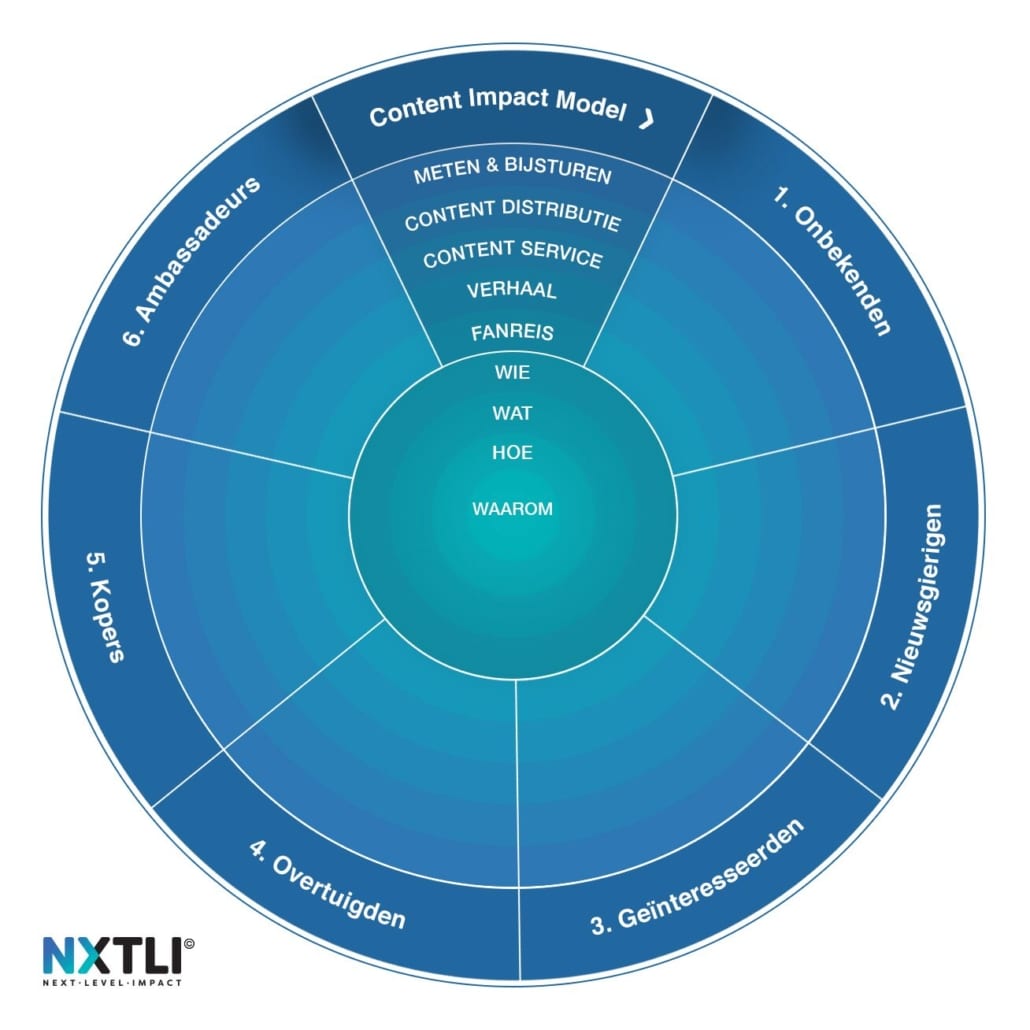In this interview, Jorik Helmink, General Manager of Scantraxx, the label for the harder styles tells how he developed the Business Acceleration Framework uses. "Thanks to using the framework, I'm able to steer by data, instead of gut feeling."
Steering by data
Scantraxx expressed its ambition to become a leader in the digital field. To realize that ambition, the label set to work with the Business Acceleration Framework. Helmink: "By applying a data-driven approach, we can realize even more growth for our artists. That's why we got all the knowledge and information flows above water and set up a new structure in the company. That new structure gives us the complete overview of both operations and cash flows, which we didn't have a clear understanding of before."
Insight is also provided to Scantraxx by monitoring all online channels. "Thanks to a clear understanding of this data, we can roll out our digital strategy and achieve objectives in a structured way. We move away from gut feeling and can say with certainty what profitable investments are. Based on the number of streams of an artist's previous tracks, forecasts can be drawn up. That way we know if-and to what extent-we can co-invest from the label in, say, a music video."
Understanding fan relationships
To gain an understanding of the label's performance, Scantraxx not only measures how its own fans are doing. "We also do weekly competitive analysis for all relevant online channels, such as YouTube, Instagram, Facebook and Twitter. This allows us to see what is working and how we can do certain things better ourselves. That's how we stay top of mind with our fans and the whole scene."
One of the ways Scantraxx stays top of mind is by increasing the post rate (or: the Digital Heartbeat) as needed. "We post at least as often, but preferably more often, than our competition. This way we build a strong relationship with our fans, by passing by on their timeline more often. In doing so, we take into account the different time zones around the world. A big advantage: this makes our marketing more efficient and allows us to reach a larger percentage of our online followers. We know better how to reach certain groups and no longer shoot with hail. I call it "the new advertising": spend less, get more results. This is also because we have started to give a bigger role to sending mailings. By increasing our role in the ecosystem of Scantraxx and the artists we work with, we are reaching even more fans."
Handiness in digital domain
Scantraxx aims to cross-pollinate between the various artists active on the label, creating a larger digital ecosystem. "We let our artists benefit from each other's reach. That mutual, online, support takes each other further and exudes unity. For example, they share each other's music or include each other's music in a playlist. Together we are strong and have the greatest reach."
Another handoff in the digital realm, the label is partnering with NXTLI. "They support us in terms of content strategy. Thanks to a weekly meeting with NXTLI, in which we discuss progress and formulate action points, there is continuous interaction. It's nice to work with a specialized party that knows how to get even more out of our content."
Digital mature organization
Before getting started, Scantraxx first started with a scan of the extent to which an organization is Digitally Mature. "That turned out to be disappointing; we scored inadequate for this scan. Fortunately, after a few months we gained more insight and it became clear how we could do more things digitally. We now score almost a seven in this area. In concrete terms, that means: first we were collecting data, now we can use data to estimate the future. That gives more peace and confidence in daily operations."
For example, DJs use music videos to promote an album or song. Thanks to data insights, it is possible to make a reasonable estimate of how many streams a particular song will generate. "Our forecasts are not a matter of gut feeling, but data-driven. We make a below-, mid- and above-streaming target for a certain period of time together with the artists during the preparation of a release. As a result, we both know what we have to work for to achieve it. Setting targets offers clear advantages. It allows us to make interim adjustments if a release needs more social media coverage to meet the targets. This makes our releases better marketed and investments better balanced. We are also creating more content for Spotify, because we see the growth in streams there."
Business activation and further ambitions
The label is betting heavily on revenue model activation. "As we manage the new internal processes and digital label strategy better and better, we are looking at how to use this strategy for new labels to be set up. This will create new revenue models. Our structure is increasingly coming into its own, which is why we are now able to implement on this digital label structure in new labels to be set up, if there is a demand for it. This prevents new labels from making decisions on gut feeling and also allows them to be data-driven. As a result, they make better decisions, spend less money on marketing and don't have to reinvent the wheel themselves. That setup is scalable."
Conclusion: increasing ambition
Scantraxx's ambition was to become a leader in the digital field. During the last edition of HDE (the event within ADE for the harder styles), the label gave a talk about the transformation it is going through. "We got positive reactions to that. The next step is to put our ambition even bigger and wider, on more stages and show even more appealing results."
Note: In this corona era, there is a need to share insights that industry peers may benefit from. I understand that some of this may come across as colored. As a consultant to Scantraxx and a founder of the Business Acceleration Framework, I have tried to shape this interview as objectively as possible.



